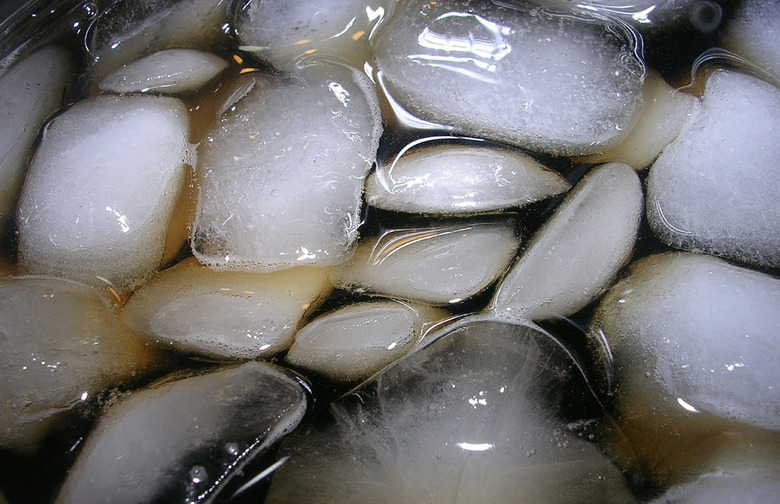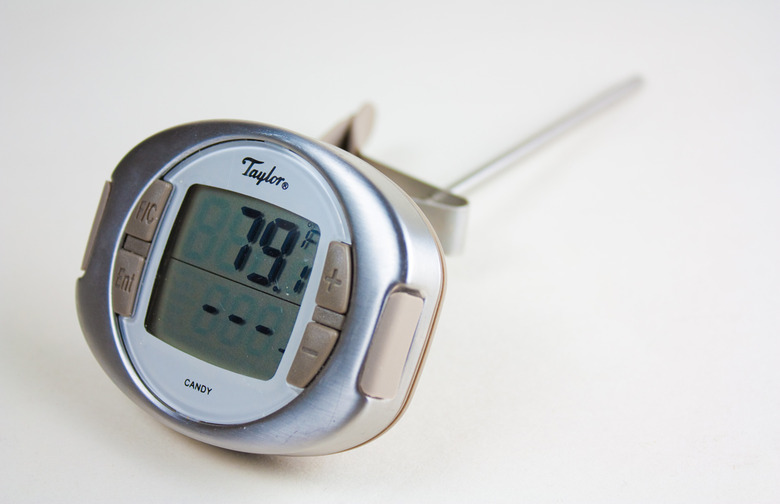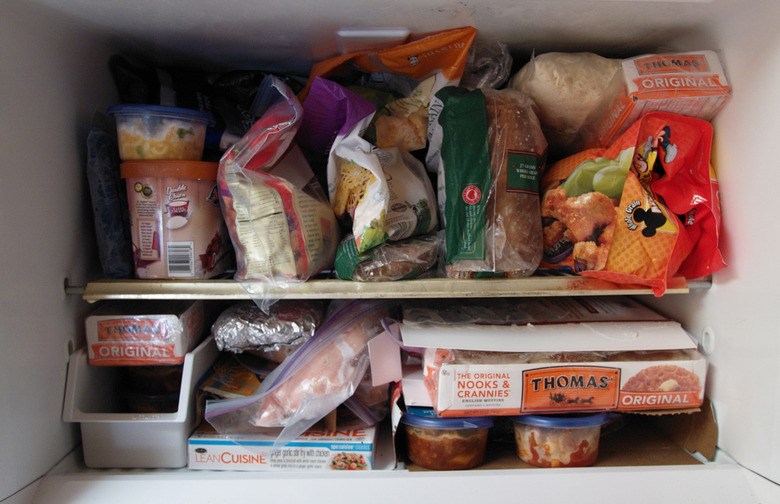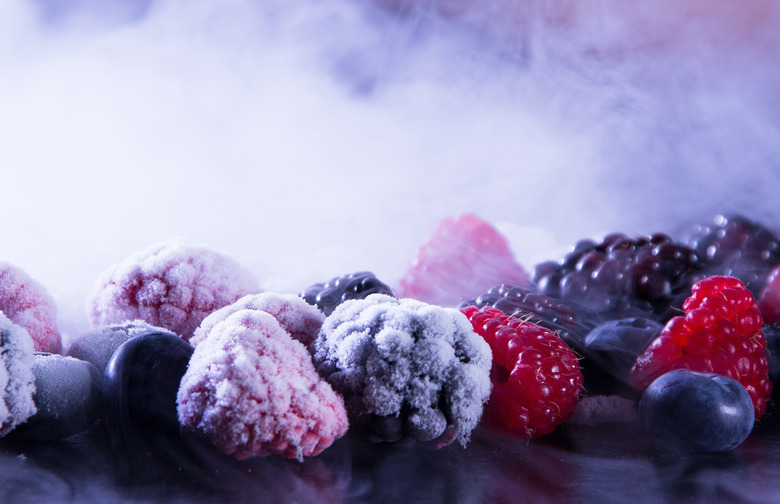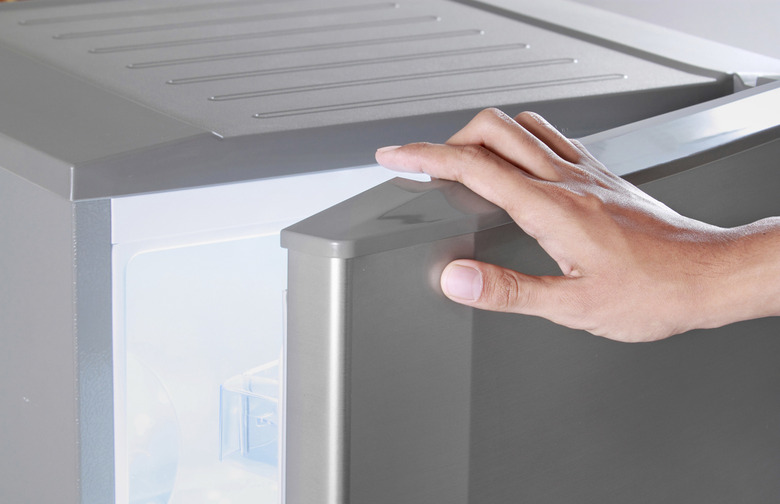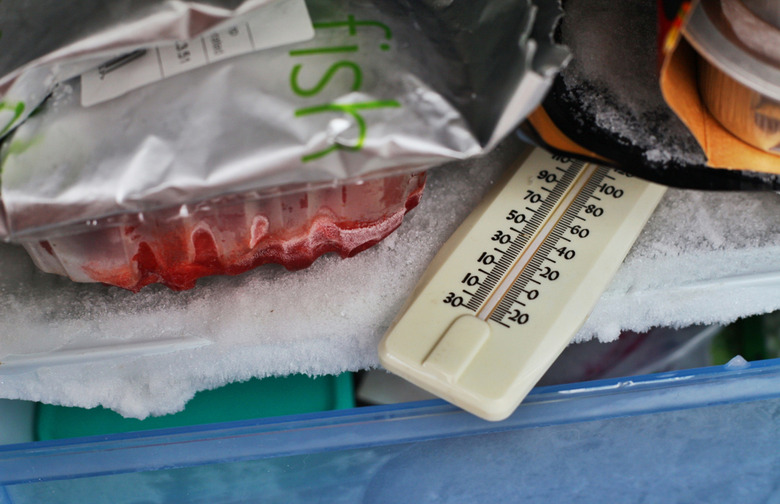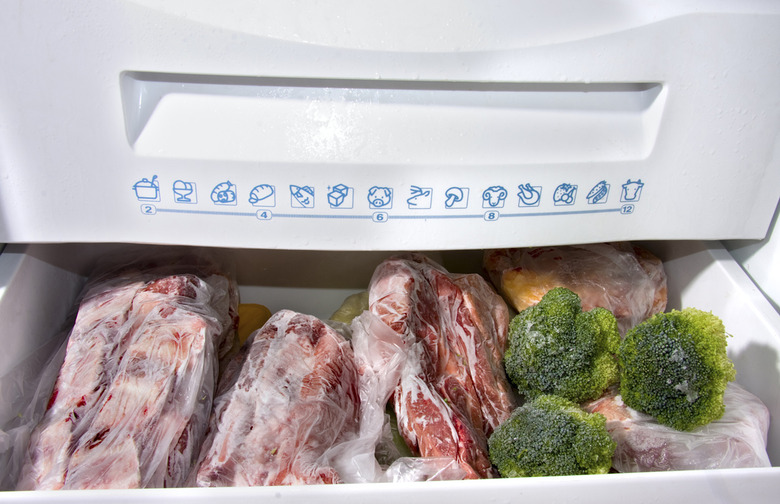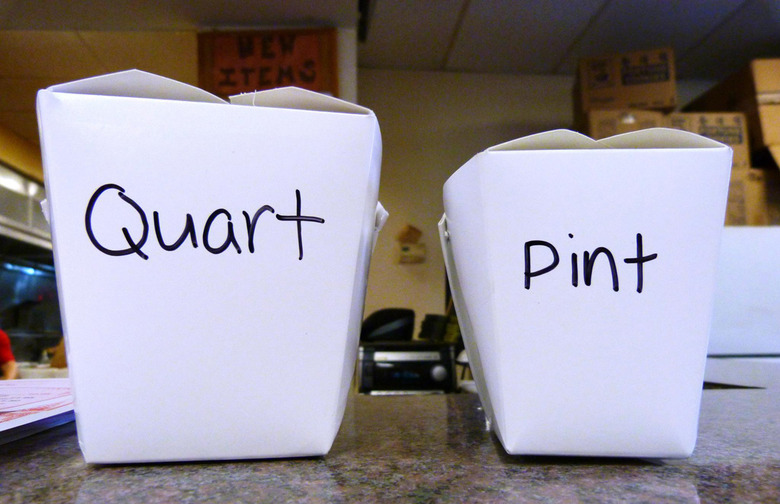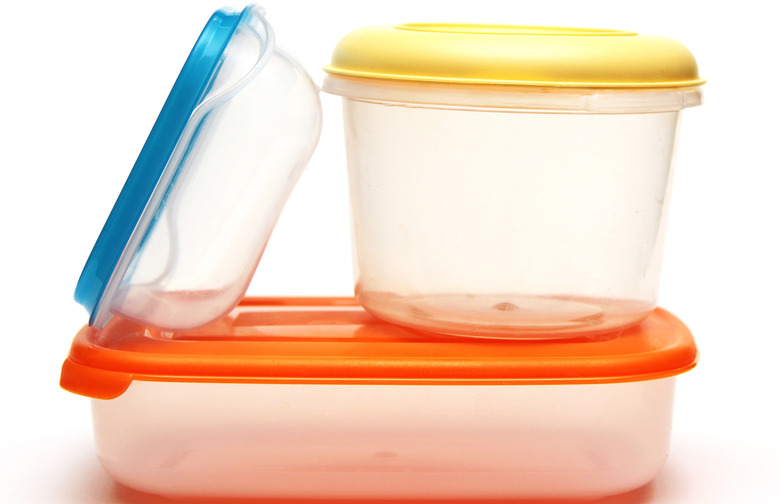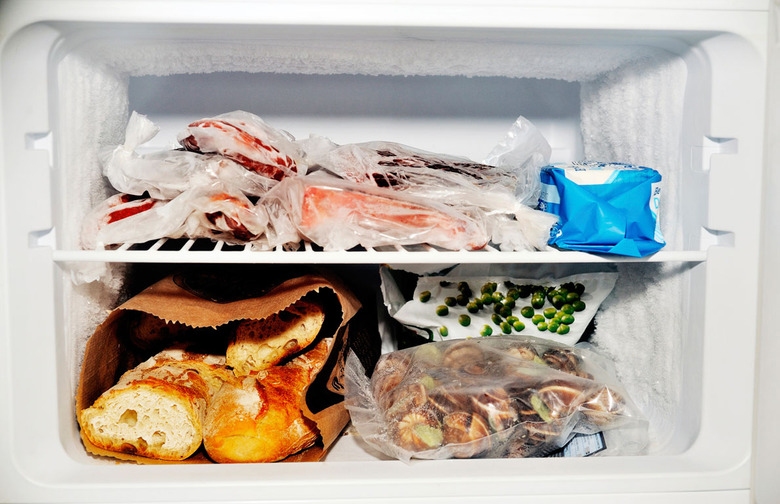10 Ways To Save Your Food From Freezer Burn
When freezing foods, it is important to note the different shelf life of foods and the pre-freezing prep needed. For example, most fresh vegetables need to be blanched in boiling water before they are cooled for freezing to ensure that enzymes, which cause nutrient breakdown, are inactive.
While freezer burn won't make you sick, it will make foods tough, tasteless, and just that much less enjoyable. Luckily, freezer burn is preventable with these 10 easy steps that will keep your frozen meals, leftovers, and relics of the summer growing season as fresh as the day they arrived in your kitchen.
Chill Foods Before Freezing
Consistent Temperature
If you find your frozen foods develop freezer burn, try using a thermometer to monitor the temperature. Foods that are taken in and out of the freezer will develop burn more readily.
Deep Freeze
The colder the better. Keeping your freezer at or below 0 degrees F is necessary for proper food safety and storage. Above 0 degrees F, the quality of your food will deteriorate at a much faster rate.
Humidity Control
Minimize the number of times you open your freezer door. Every time the door is opened, more humidity is introduced into its environment, and moisture causes frost to form on your food.
Keep it Airtight
The less direct exposure to the air, the less likely your food is to develop freezer burn. Vacuum sealing foods you plan to store for a long time in the freezer will protect the quality and taste.
Minimize Exposure
Follow the FIFO rule: first in, first out. When freezing foods, it is important to remember the longer foods remain in the freezer, the more they will dry out, and the greater the risk of freezer burn, so label foods and organize your freezer by date so you are eating the older stuff first.
Pack the Freezer
You may not know this, but a full freezer stays colder. The frozen foods work like a giant ice pack helping to keep temperatures consistent and very cold.
Don’t Use Store Packaging
Unless you are buying an already frozen item, chances are the store packaging was not designed for freezing. To keep your food at its best quality, repackage store-bought items in appropriate freezer-safe containers before freezing.
Use the Right Size Container
A tightly packed container will minimize foods' exposure to the air. However, there is one caveat, to do with liquids. Liquids, such as soups, will expand in when frozen, so leaving a little extra room in your container is crucial. However, to minimize exposure, you can cover your freezer container with a piece of plastic wrap before sealing with a lid.
Wrap Everything Twice
When it comes to freezing food, two layers are better than one. Use a moisture proof wrapping, like plastic wrap, aluminum foil, or plastic freezer bags.

